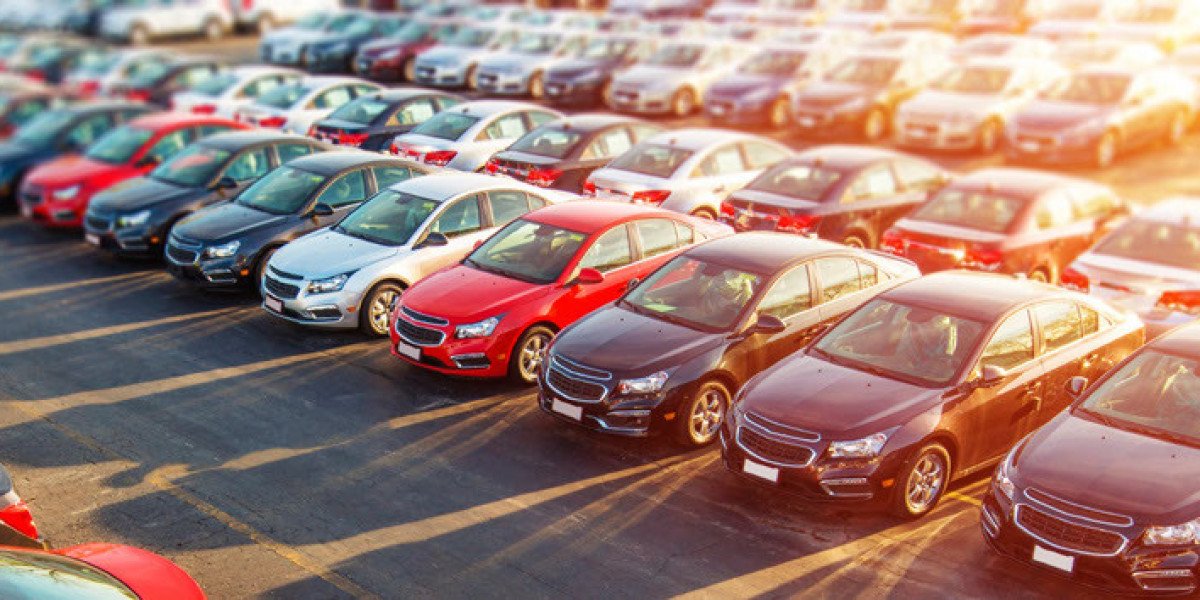2025 Sees Rapid Expansion of Monorail Systems Across Major Cities Worldwide
As urban populations continue to swell, cities around the globe are seeking innovative and sustainable transportation solutions. In 2025, monorail systems have emerged as a leading choice for urban transit, providing efficient, eco-friendly alternatives to traditional bus and rail networks. This year has witnessed significant advancements in technology, infrastructure, and public acceptance of monorails, making them a focal point in urban planning discussions.
The Rise of Monorail Systems
Historically, monorails have been seen as futuristic transit solutions, often associated with amusement parks or niche applications. However, recent developments have transformed their perception. Cities like Tokyo, Las Vegas, and Kuala Lumpur have long benefited from monorail systems, but their success has inspired other metropolitan areas to explore similar options. By 2025, cities such as Los Angeles, Mumbai, and São Paulo have either completed or are in the process of launching their own monorail systems.
The monorail's unique design allows for elevated tracks that minimize land use and reduce congestion on city streets. This design is particularly appealing in densely populated urban areas where space is at a premium. With the ability to navigate around existing infrastructure, monorails can be integrated into cities more seamlessly than traditional rail systems.
Environmental Benefits
One of the most compelling reasons for the surge in monorail adoption is their environmental impact. As cities grapple with climate change, the need for sustainable transportation solutions has never been more pressing. Monorails are typically powered by electricity, often sourced from renewable energy, making them a cleaner alternative to fossil fuel-powered buses and cars.
In 2025, several cities have reported a significant reduction in greenhouse gas emissions since implementing monorail systems. For instance, Los Angeles has seen a 30% decrease in emissions along its new monorail route, which connects major business districts with residential areas. This reduction not only contributes to a cleaner environment but also improves public health by reducing air pollution.
Technological Innovations
Technological advancements have played a crucial role in the resurgence of monorail systems. In 2025, smart technology is at the forefront of monorail operations, enhancing efficiency and passenger experience. Many new systems are equipped with real-time tracking, allowing passengers to check arrival times via mobile apps. Additionally, automated controls and safety systems have improved the reliability of monorails, making them an attractive option for city planners.
Moreover, the integration of AI and big data analytics allows for better management of transit schedules and maintenance. By analyzing ridership patterns, cities can optimize routes and schedules to meet demand, ensuring that monorails operate at peak efficiency. This data-driven approach has been instrumental in gaining public support for monorail projects, as residents see tangible benefits in service reliability and convenience.
Economic Impact
The economic implications of expanding monorail systems are significant. In 2025, cities investing in monorail infrastructure have experienced a boost in local economies. The construction of new monorail lines creates jobs, from construction workers to engineers and transit operators. Additionally, improved transit options attract businesses and encourage tourism, further stimulating economic growth.
In Mumbai, the recently inaugurated monorail line has not only improved connectivity but has also led to a surge in local businesses near stations. Entrepreneurs have capitalized on increased foot traffic, opening cafes, shops, and services that cater to commuters. This economic revitalization has been a key selling point for city officials advocating for monorail projects.
Public Acceptance and Future Prospects
Public acceptance of monorail systems has grown significantly in 2025, driven by successful implementations and positive experiences. Surveys conducted in cities with newly launched monorail lines show that over 70% of residents support the expansion of these systems. This acceptance is crucial for future projects, as public funding often hinges on community backing.
Looking ahead, the future of monorail systems appears bright. Many cities are already planning expansions or new lines, with a focus on connecting underserved areas and reducing reliance on personal vehicles. Additionally, international collaborations are emerging, with countries sharing expertise and technology to develop monorail systems tailored to their unique urban landscapes.
In conclusion, 2025 marks a pivotal year for monorail systems as they gain traction as a viable and sustainable urban transit solution. With their environmental benefits, technological innovations, and positive economic impacts, monorails are proving to be a smart investment for cities worldwide. As urbanization continues to challenge traditional transportation models, monorails stand out as a forward-thinking alternative, poised to reshape the future of urban mobility.







